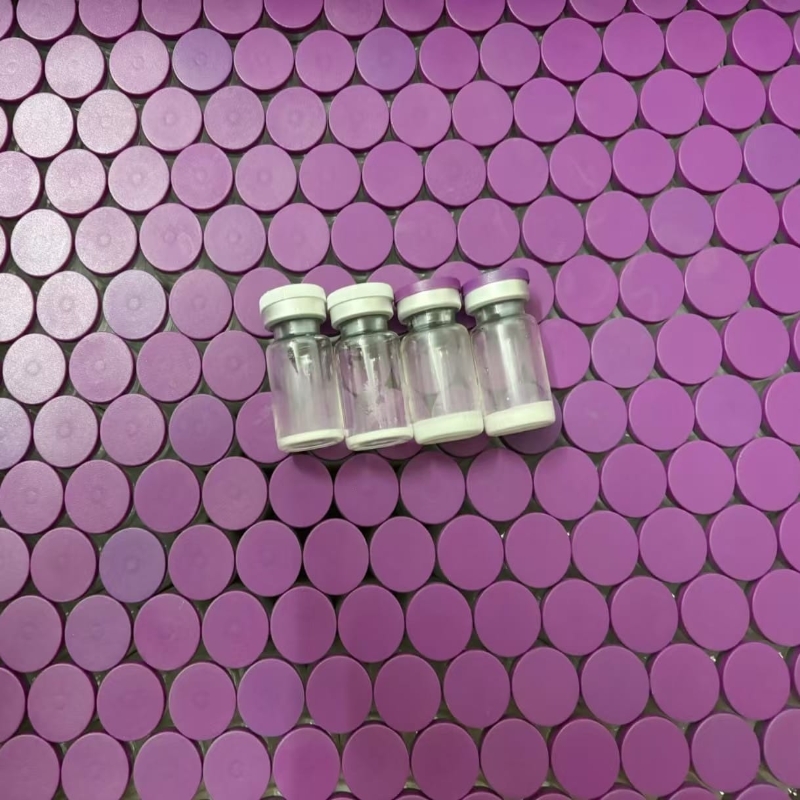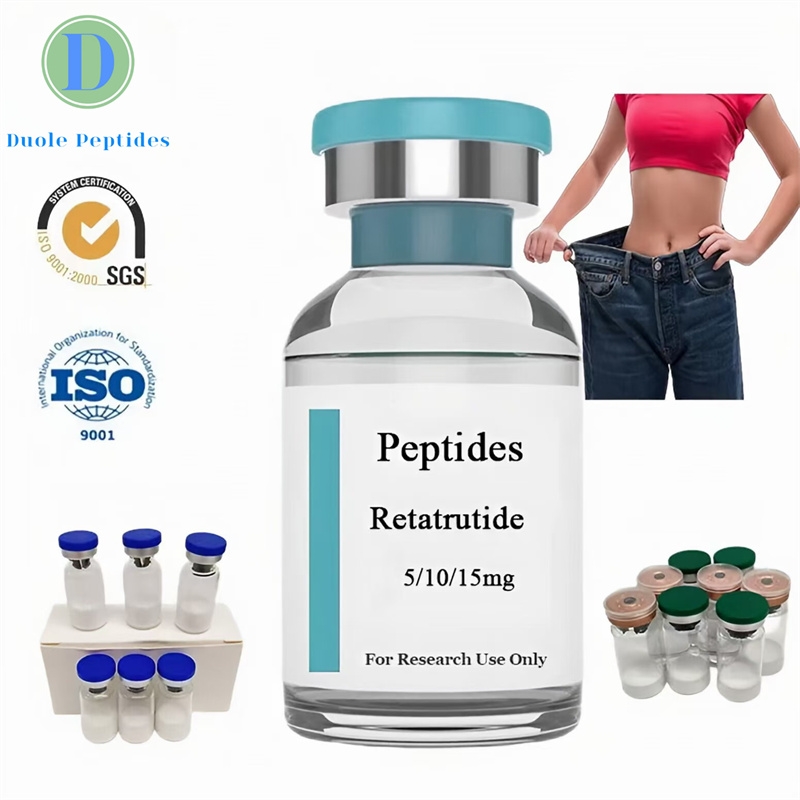-
New imaging tools that track key breast cancer enzymes may help guide treatment
Time of Update: 2021-02-12
In the first study ( abstract 851093), researchers from the Department of Radiology at the University of Pennsylvania and the Abramson Cancer Center used PET imaging and a new radioactive tracer called Fluor Thanatrace (FTT) to measure pre-treatment PARP-1 levels in 30 patients with different subsypes of breast cancer, including surgery.
-
Imperial and Bayer use AI in the development of new drugs for heart disease
Time of Update: 2021-02-12
imperial and Bayer Pharmaceuticals are working together to explore how artificial intelligence (AI) can be used to accelerate the development of new drugs for heart disease.
The partner plans to develop machine learning tools to analyze 3D heart imaging, as well as genetic information, as part of a new approach to drug discovery.
-
The protein Myo1D was found to be sufficient to induce body asymmetry
Time of Update: 2021-02-12
In addition to its role in left and right asymmetry in fruit flies and vertebrates, Myo1D appears to be a unique protein that induces asymmetry at all scales and induces its own asymmetry: first at the molecular level, and then through the domino effect, at the cellular, tissue, and behavioral levels.
-
A 10-d'amin breaker vitamin C - inhibits chronic stress leading to tumor stem cells!
Time of Update: 2021-02-11
Using a mouse model of immunodeficiency, the researchers found that chronic stress-induced epinephrine promotes the production of cancer stem cell-like properties in breast cancer cells, mainly by resetting the metabolic pathways that rely on lactate dehydrogenase (ALDHA).
-
Changes in the gap around the cerebrovascular vessels may help identify the risk of Alzheimer's disease
Time of Update: 2021-02-11
PHARD, Feb. 2 (Xinhua) -- People with enlarged gaps around cerebrovascular vessels may be more likely than others to develop cognitive problems or develop Alzheimer's disease over time, according to a study published online in the American Journal of Neurology.
-
MCP: How does cancer spread? Scientists identify key genes that affect communication between cancer cells!
Time of Update: 2021-02-11
the study, researchers delved into how cancer-causing genes, such as cancer gene EGFRvIII, alter the content of information exchanged between cells, and researcher Dr Janusz Rak said cancer cells attack us in groups, but if they want to work together Cancer cells must communicate with each other; one way is through a tiny vesicle structure called an extracellular vesicle (Evs) or exosome, which is usually filled with active proteins that act as shuttle messengers between cells.
-
New treatments for acute myeloid leukemia have been discovered
Time of Update: 2021-02-11
Advances in drug sensitivity and resistance to rapid screening of leukemia cells have brought scientists closer to tailor-made treatments for patients with acute myeloid leukemia (AML).
-
800 million vitamin varieties! Zhengda Pharmaceuticals won the first review
Time of Update: 2021-02-11
In the first half of 2020, Afa orthopedicol softgels with 5.70% market share among the vitamin products TOP5, domestic manufacturers have Kunming Baker Norton Pharmaceuticals, Shanghai Xinyi Yan'an Pharmaceuticals and other 6 import manufacturers have Teva Pharmaceuticals and Leo.
-
Lung pleuripotent stem cells can be "cross-border" to participate in lung regeneration
Time of Update: 2021-02-11
A new study by Zhou Bin, of the Institute of Biochemistry and Cell Biology of the Chinese Academy of Sciences, confirms that there is a lung pleuripotent stem cell in the human body that is involved in lung regeneration, which can be "differentiated on demand" to complete "cross-border repair" inside the lungs.
-
New research reveals the mechanism of "suicide" in combination with Bacillus
Time of Update: 2021-02-11
If it is not blocked by its antitoxin protein MbcA, MbcT toxin kills Mycobacteria tuberculosis by destroying its NAD storage.
They infect people and mouse cells with mycobacteria tuberculosis strains that lack this toxin/antitoxin system - but they can artificially trigger the production of MvcT toxins.
-
Scientists have β new insulin signal suppressors in cells
Time of Update: 2021-02-10
Molecular and cell analysis of Iir-/- mouse embryos and postpartum pancreas showed that the activation of INSR-IGF1R in Iir-/- Pancreatic tissue increased, resulting in increased proliferation and mass of β cells.
-
New research decodes the brain's forgetting mechanisms
Time of Update: 2021-02-10
In the study, Ronald Davis of the Scripps Institute, along with doctoral student John Sabandar and postdoctoral researcher Jacob Berry, tried to uncover the mysterious mechanism of instant forgetting by sending PPL1 to the mushroom body.
-
The world's most accurate blood test has been launched in the UK
Time of Update: 2021-02-09
A clinical study conducted in collaboration with the University of Cambridge showed that MPT biomarkers had a negative prediction of more than 99 per cent, meaning that men with negative MPT results could safely delay or avoid further diagnostic tests because they were highly unlikely to have clinically significant prostate cancer.
-
$1.6 billion! Johnson and Johnson have teamed up with Argenx on immuno-oncology to develop the immuno-checkpoint CD70 inhibitor cusatu.
Time of Update: 2021-02-09
Argenx is a clinical biotech company focused on developing innovative therapy depth pipelines based on differentiated antibodies for the treatment of serious autoimmune diseases and cancers.
Argenx and Jansen have reached a joint global clinical development plan to evaluate the treatment of acute myeloid leukemia (AML), myeloid growth syndrome and other potential future adaptations.
-
A new study has found that an inactivation of intestinal probiotics reduces the risk of cardiovascular disease and type 2 diabetes
Time of Update: 2021-02-09
The results showed that volunteers who took inactivation bacteria after three months were more sensitive to insulin and had lower plasma cholesterol levels, meaning they had a lower risk of cardiovascular disease and type 2 diabetes.
-
Drugs that prevent tumor metastasis but do not kill cancer cells have been identified
Time of Update: 2021-02-09
Aceto and his team identified a drug that inhibits the spread of malignant cancer cells and their metastasis-seeding capabilities.
The Aceto team has found that CTC cell cluster formation leads to key metastasis-seeding of key metastasis genetic changes.
-
New antifellar drugs! Scynexis has developed antimicrobial infection drugs
Time of Update: 2021-02-09
ibrexafungerp Molecular Structure FURI is an ongoing Open Label PHASE III study designed to assess the efficacy and safety of ibrexafungerp as a treatment drug to treat patients with refractic mucosa skin and invasive fungal infections that are insensitive or insensitive to current available standards of care.
-
Studies have found that an effective combination of drugs can fight vine melanoma
Time of Update: 2021-02-09
Moffitt's researchers, in collaboration with scientists at the UF Health Cancer Center and the Sylvester Comprehensive Cancer Center, hope to determine how this resistance develops and identify other drugs that can be used in combination with MEK inhibitors to target staphylococcal melanoma cells for destruction.
-
Scientists have learned about the potential breakthrough in tumor hibernation
Time of Update: 2021-02-09
As a means of further exploring the concept, Gewirtz, Harada and Landry received a five-year, $1.2 million grant from the National Cancer Institute to study whether hemolytic drugs can effectively eliminate aging-like lung tumor cells to prevent or, at the least significant, inhibit cancer recurrence.
-
Install a regulatory switch for every protein in a living cell
Time of Update: 2021-02-09
In this process, they combined the non-natural amino acid de-cageing technique with computer-aided design screening technology to achieve high time-resolution in-place activation on a series of different kinds of proteins, providing a universal technique for studying the dynamic regulatory mechanism of proteins in living cells and living animals.







